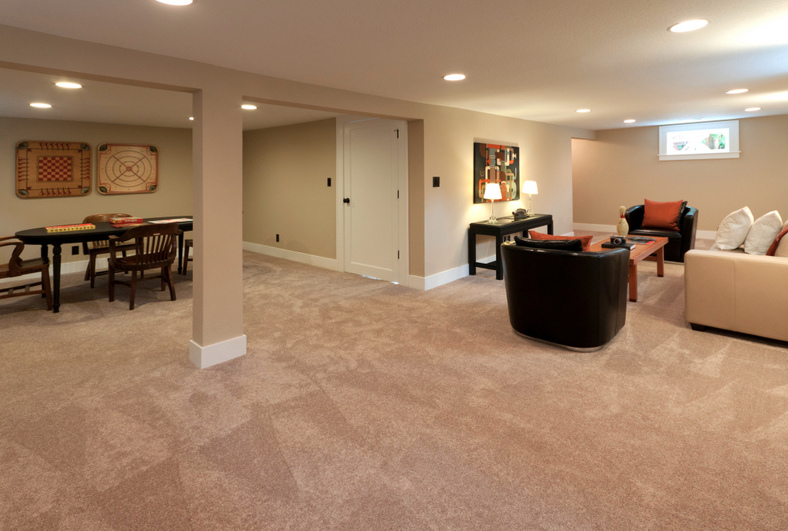Looking to buy a fixer-upper? Consider a FHA 203k Loan.
Sometimes buying the home that could use some repairs isn’t a bad option, as it is a quick way of building up equity in a relatively short amount of time. However, for many first time buyers with low credit, or higher debt, this goal has often been out of reach. FHA is a stickler for what kinds of properties they will issue loans for, and the property has to pass an inspection. Which means no fixer-uppers. The FHA 203k loan works a bit differently.
What does an FHA 203k loan do?
The FHA 203k loan allows the borrower to finance two major items: The house itself, and needed or wanted repairs. The Lender tracks and verifies repairs it is willing to approve. This means that more buyers are now eligible to purchase homes that require a bit of tender loving care to get started.
The process is simple, apply for the loan and get approved, then find a contractor (you have to find a licensed contractor) and get bids (don’t worry this is an easy process that we can help you with) finally, close the loan, complete the repairs, and then enjoy your upgraded home!
What repairs can I do?
The kinds of repairs that you are eligible for under the FHA 203k loan, depend on which of the 2 kinds of loans you apply for.
For a standard 203k loan, you can do any of the following options:
Modify the number of units in the home (turn a single family home into a 2,3,or 4, unit home or vice versa.
Structural alterations
Connect to public sewer or water
Large landscaping projects
Move the home to a different site
What you can’t do:
Add in a luxury amenity (things like swimming pools or basketball courts)
Minor Landscaping
Any project that will take longer than 6 months.
A 203k streamline allows for minor repair work and upgrades. The limit to the costs is $35,000, with a contingency amount of 15% of the total bid just in case the contractor goes over costs. (If the contingency fund is not used, it is credited back to you).
Most non-luxury and non-structural items are acceptable. Things such as:
Kitchen and bathroom remodels
Appliance upgrades
Safety and health repairs.
Carpet and Flooring
Energy-efficient upgrades
And many more that we won’t list here. Any minor repair or upgrade under $35k may be likely to qualify as long as it doesn’t change the footprint of the home or structurally change the home in a fundamental way (such as moving a load-bearing wall). Additionally, there is a minimum budget of $5,000 in repairs needed to qualify.
You Can Use This Loan To Refinance
While many people use this home to purchase a home, it can also be used to refinance as long as you have at least $5,000 in planned improvements. You can refinance into this kind of loan even if you do not currently have and FHA.
Eligibility
As a subtype of the FHA loan, the 203k is more flexible in their requirements to qualify. FHA allows for credit scores down to 580 (though a higher credit score will give better rates) as well as more forgiving debt to income ratios (typically less than 43% of your income should go toward the mortgage, repairs, and all other debts). So there is a high chance that you will qualify for the loan, as long as they would normally qualify for an FHA loan. Additionally, there is the added benefit of being able to receive up to 100% of the down payment as a gift from family members. You can borrow up to 110% of the proposed future value of the property or the home price plus repair costs, whichever is less.
Bottom Line
This is a great loan for those who want to do some serious work on their property, but would otherwise be prevented from doing so by their credit scores or Debt-To-Income. While there are other options available, especially for repairs that cost less, this is definitely a great option for those who are looking to upgrade, expand, or remodel a home.

















